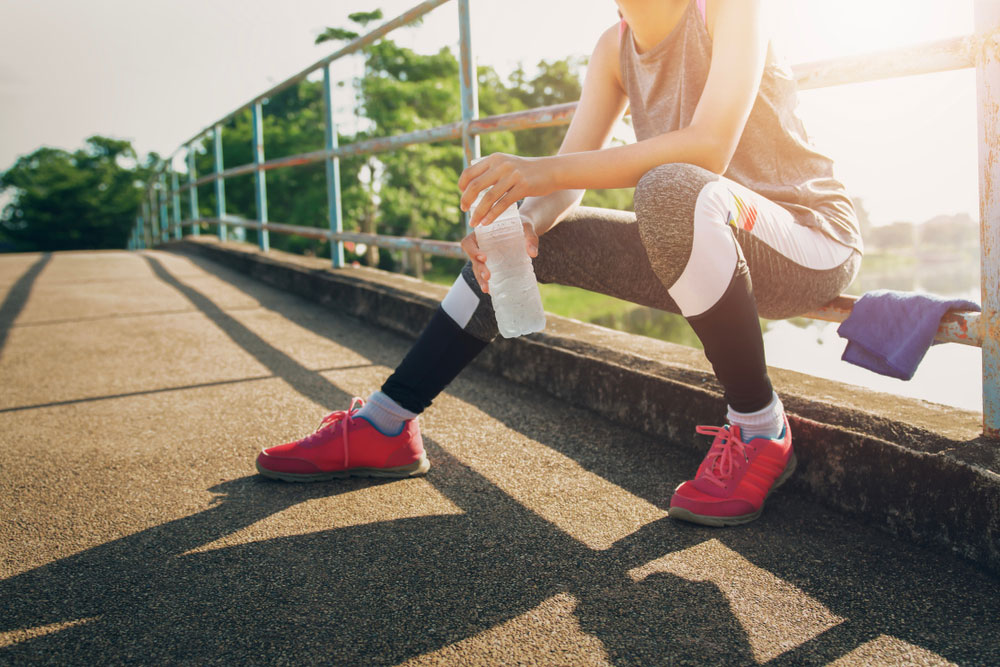Water is pretty boring, as far as beverages go. It doesn’t have a catchy jingle, a secret family recipe or even a taste, really. Yet people can’t seem to get enough of it.
“I get people in my office every day, every week, saying something like, ‘I’m concerned I’m not hydrated’,” said Lauren Antonucci, a nutritionist in New York City, US. Their concerns may be based on conventional wisdom. One well-known recommendation suggests drinking eight glasses of water a day; another warns that if you feel thirsty, you’re already dehydrated.
But anxiety about water consumption could also stem from a different, more philosophical source: hydration is now marketed as a cure for nearly all of life’s woes.
The Answer to Everything
Water, in recent years, has been imbued with the powers of a mysterious elixir. The latest “it” celebrity’s skin care secret? Oh, just water. Feeling sluggish? You probably need more water. Uninspired and utterly hopeless about your career and romantic prospects? Well, have you had any water today? People hydrate as if their reputations depend on it. They dutifully carry water bottles with them wherever they go, draining and refilling them with gusto. Some go so far as to track their consumption in a journal, or with a mobile app.
Hydration is the mark of a well-adjusted, successful person. On January 1, Twitter was flooded with resolutions to drink more water. But will more conscious hydration really make for a more productive 2020?
“There’s no evidence that a little bit of dehydration really impacts anybody’s performance,” said Dr Mitchell Rosner, a kidney specialist at the University of Virginia, US, who studies overhydration in athletes. He said that most recommendations for hydration come from studies of athletes, who lose fluid rapidly during workouts or competitions, and are at a much higher risk for dehydration than the average person.
For those of us who spend all day at a desk, Rosner says, it’s best to drink only when we feel thirsty.
Overhydrating, he said, isn’t helping anyone. At best, Rosner said, “You pee it out.” At worst, it can cause the sodium and electrolyte levels in your body to drop to dangerously low levels. The condition, hyponatremia, can result in hospitalisation and death. (This doesn’t happen often, but ... good to know.)
In 2017, bottled water surpassed soft drinks as the top beverage in the US by volume, with sales going up seven per cent over the previous year, according to the Beverage Marketing Corp., a consulting firm. Since then, sales have continued to rise. “It’s no accident that it’s number one,” said Michael Bellas, chairman of Beverage Marketing Corp. “If you had to put together a perfect scenario and plan how to build a category, this would have been it.”
In the 1970s, ad campaigns by Evian and Perrier introduced the concept of bottled water as a high-end refreshment beverage, Bellas said. Before that, bottled water was sold as a tap water replacement.
These new campaigns helped enable bottled water to compete with other grocery store beverages such as juice, coffee, soda and beer.
By the early aughts, Bellas said, people weren’t just drinking bottled water while sitting down for a meal. They were drinking it all day. While consumers may have begun to curb their intake of caffeinated or sugary beverages, they had no reason to put a limit on zero-calorie, thirst-quenching water. And they were carrying it around with them.
“It changed the way beverages were consumed,” Bellas said. If people were drinking water everywhere, it could be sold anywhere. And it was. Bottled water’s indefinite shelf life and readily available product made its expansion seamless.
As single-use plastic water bottles proliferated, an environmentally conscious response emerged: reusable water bottles. Nalgene, which began as a plastic laboratory pipette maker before outdoorsy scientists realised they were perfect for camping, became an accessory for college students in the early aughts. They could pick a Nalgene colour that reflected their personality and then plaster it with stickers for whatever they cared about: the college radio station, student government, the Dave Matthews Band. The rise of Nalgene coincided with Bellas’ observation that carrying bottled water took on a symbolic meaning during the early 2000s.
In recent years, ever-growing environmental and health concerns have turned them into a gift-guide-worthy statement item. For the consumers with big budgets, there’s Yeti. For VSCO girls, there’s the Hydro Flask. Aesthetically discerning buyers may gravitate toward design-forward companies like Bkr or Hay.
Any of them make for a gift that says, “I love you, and I want you to be hydrated.”










